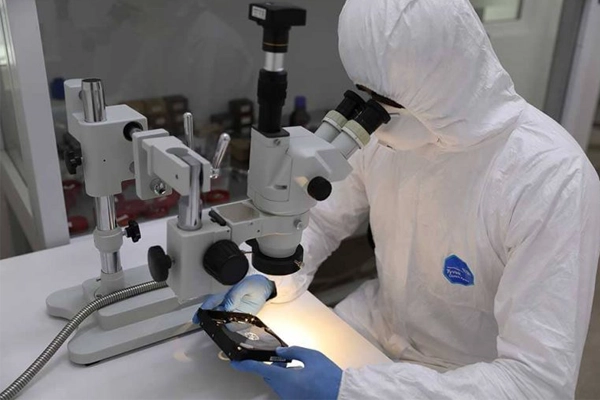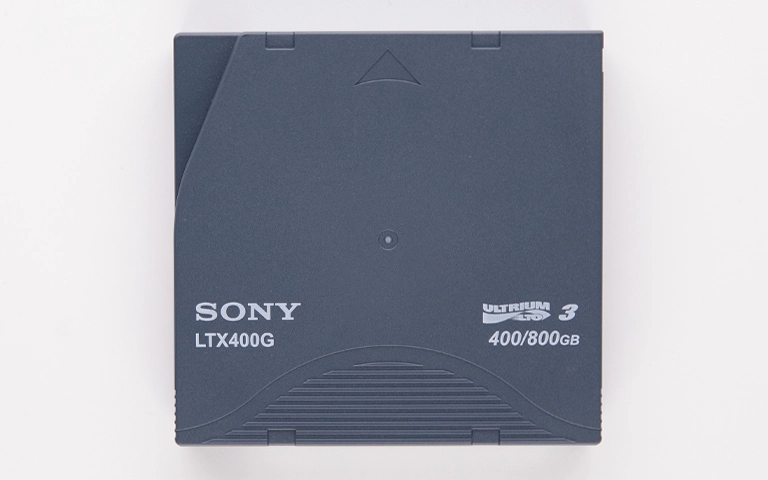Overview
RAID 1 (mirroring) is a data protection configuration that stores identical copies of data on two or more drives. While it provides redundancy and guards against single-drive failures, RAID 1 arrays are not immune to hardware issues. When a drive in a RAID 1 setup fails, it’s essential to act quickly and correctly to prevent data loss and restore redundancy. In such cases, professional RAID data recovery services may be necessary to ensure safe and complete restoration.
This guide explains how RAID 1 works, outlines common causes of drive failure, shows you how to recognize warning signs, and walks you through recovery and rebuild procedures. If professional help is needed, PITS Data Recovery offers specialized RAID recovery services for even the most complex failure scenarios.
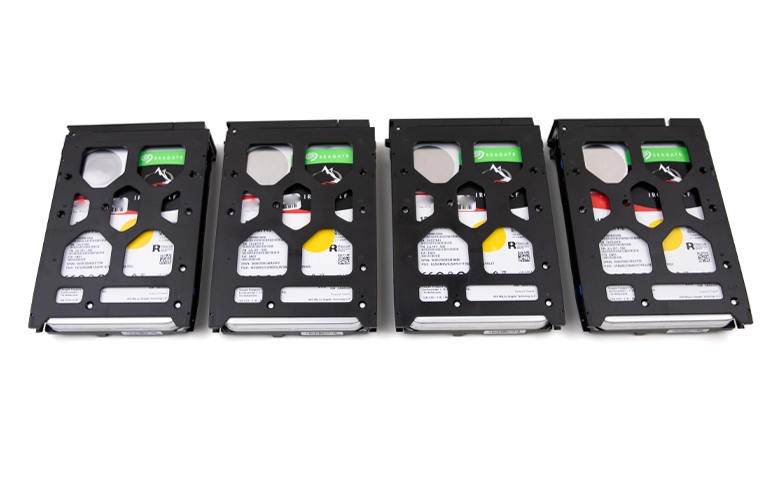
What is RAID 1?
RAID 1, also known as mirroring, creates an exact copy of data on two or more hard drives. This means that if one drive fails, the other can continue operating without data loss or system downtime.
Key Benefits:
- Fault tolerance for single-drive failures
- No data reconstruction required in normal operation
- Ideal for critical systems that prioritize data reliability
Common Causes of RAID 1 Drive Failure
Despite its redundancy, RAID 1 can still be compromised. Common causes of drive failure in RAID 1 include:
- Mechanical damage: Head crashes, platter wear, and spindle motor failure
- Electrical issues: Power surges, failed controller boards, or firmware corruption
- Overheating: Poor ventilation or high operating temperatures
- Human error: Accidental formatting, misconfigured rebuilds, or improper drive replacement
- Aging components: Drives nearing their end-of-life can fail unexpectedly
Warning Signs of Imminent Drive Failure
Early detection can save your data. Watch for the following symptoms:
- Slow system performance
- Frequent crashes or system freezes
- Clicking, grinding, or buzzing sounds from the drive
- RAID controller alerts or degraded array status
- Missing partitions or inaccessible files
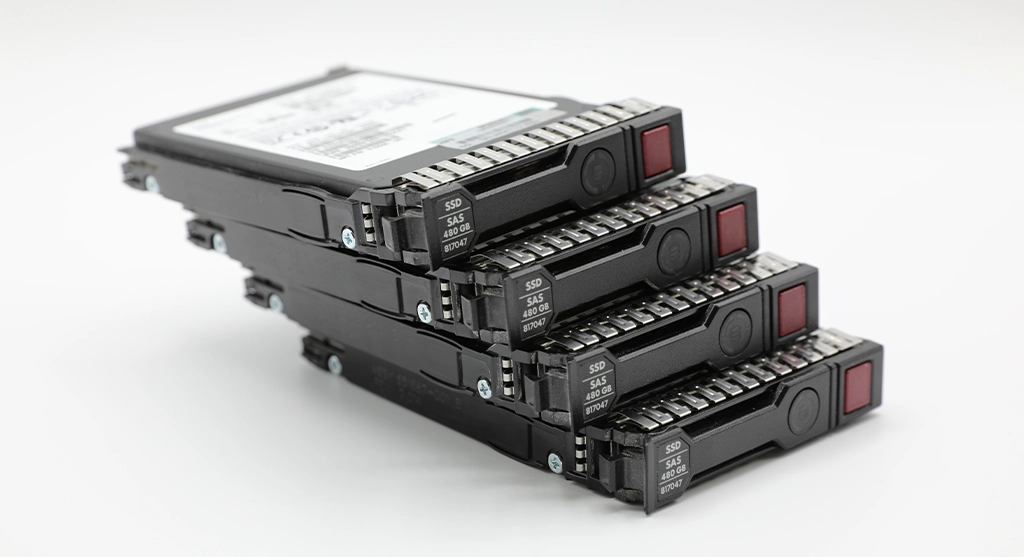
Best Practices for RAID 1 Monitoring
To minimize the risk of unexpected failure, implement the following:
- Monitor SMART attributes (temperature, reallocated sectors, etc.)
- Set up alerts for RAID status changes via your RAID management software
- Run routine diagnostics and inspect drive health
- Document array configuration to assist in disaster recovery planning
How to Recover from RAID 1 Drive Failure
If one of your mirrored drives fails, follow these critical steps:
1. Identify the Failed Drive
Use RAID management tools or system logs to locate the failed drive. Physically label it if necessary.
2. Power Down the System
To avoid further damage, shut down the machine before replacing or removing any hardware.
3. Remove the Failed Drive
Carefully disconnect the failed disk. Do not attempt to rebuild the array with a faulty drive still connected.
4. Replace with an Identical or Compatible Drive
Insert a new, healthy drive that matches or exceeds the original specifications.
5. Rebuild the Array
Use your RAID controller or operating system utility to begin the rebuild process. This will mirror the data from the surviving drive onto the new one.
⚠️ Important Warning: Rebuilding a RAID 1 array is a high-risk operation if the remaining drive is unstable, degraded, or partially failing. Attempting to rebuild in such cases can lead to total data loss, especially if unreadable sectors exist. Always evaluate the health of the remaining drive before proceeding. If there’s any doubt, stop and consult a professional data recovery service.
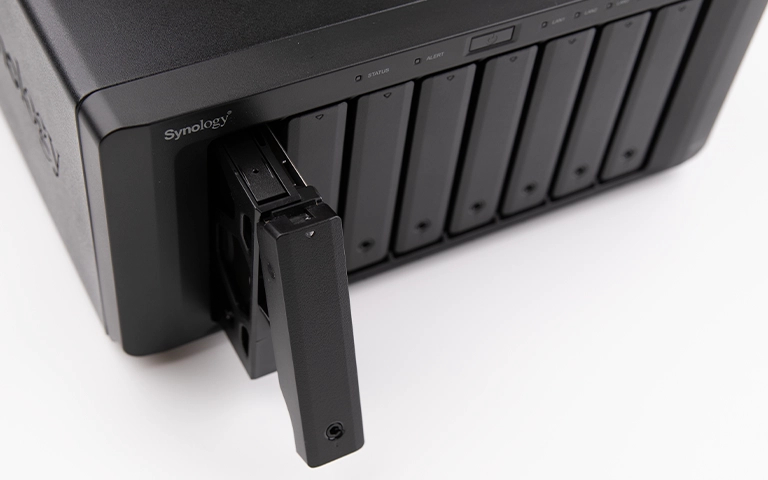
Your Data Security Is Our Priority
Data privacy isn’t optional. It’s our commitment. Our secure recovery process ensures your sensitive information stays protected from start to finish.
Trust in certified security. Start your recovery today! Call Now: 888.611.0737
When to Contact a Professional
Professional help is recommended if:
- Both drives in the array show errors
- You mistakenly deleted the array or performed an incorrect rebuild
- Data is missing or inaccessible after rebuilding
- The healthy drive is making unusual sounds or reports errors
Attempting recovery without expertise can result in permanent data loss.
Expert RAID 1 Recovery by PITS Data Recovery
PITS Data Recovery specializes in complex RAID 1 recovery cases. Our services include:
- Non-destructive recovery methods
- Support for all RAID controllers, brands, and file systems
- Cleanroom repair of physically damaged drives
- Custom RAID reconstruction tools
- Emergency and expedited options
We offer complete transparency and a no-data, no-fee guarantee for eligible cases.
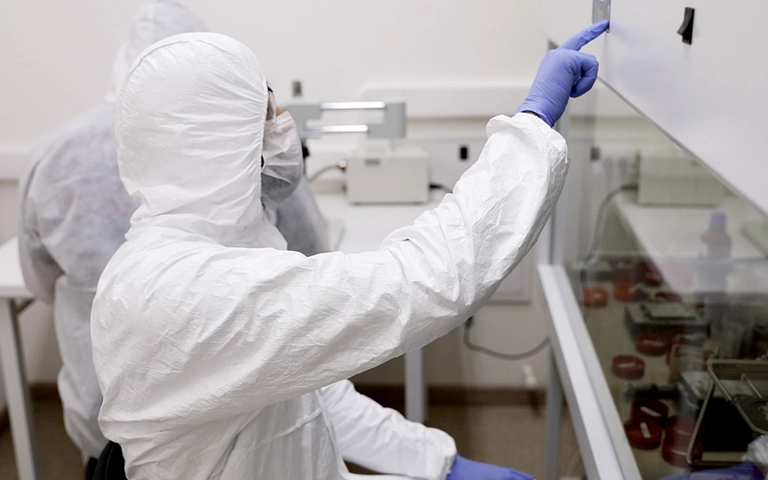
Why Choose Us?
- 20+ years of RAID recovery experience
- In-house cleanroom and proprietary software
- High success rates with complex and multi-disk failures
- Confidential, secure handling of sensitive data
- 24/7 customer support
Get a Free Consultation.
Our recovery experts are ready to assess your device and guide you through the safest path to recovery. Fill out the form to get started.
"*" indicates required fields
Client Success Stories
Many clients have trusted us to recover data from critical RAID 1 systems. From enterprise servers to personal NAS setups, we’ve successfully restored data in situations where others failed.
Case Study: Double Drive Failure in the Insurance Industry
Industry: Insurance
RAID Configuration: RAID 1 (mirrored drives)
Incident: Both drives in a mirrored RAID 1 array failed within 24 hours. An accounting department’s server crashed, resulting in the loss of access to payroll data, tax records, and active audits. Initial attempts to rebuild the array with a replacement disk led to further corruption when the remaining degraded drive failed during the process.
Our Process:
- Performed full diagnostics in our certified cleanroom
- Cloned both drives using hardware-based forensic imaging
- Virtually rebuilt the RAID structure using custom recovery software
- Restored over 2.1 million files, including databases and financial records
- Verified data integrity and preserved original file structure
Outcome: 100% data recovery with complete client satisfaction.
Frequently Asked Questions
What is RAID 1?
RAID 1 is a disk mirroring configuration that duplicates data across two or more drives, providing real-time redundancy.
What are common indicators of a failing RAID 1 drive?
Common signs include system slowdowns, unusual noises, RAID alerts, and missing or corrupted files.
Can RAID 1 prevent all data loss?
RAID 1 protects against single drive failure but does not safeguard against file deletion, corruption, or simultaneous multi-drive failure.
What should I do after a RAID 1 drive fails?
Shut down the system, isolate the failed drive, and rebuild the array using RAID tools or seek professional help if both drives are at risk.
Why choose PITS Data Recovery?
We offer proven experience, proprietary tools, and cleanroom technology to ensure safe and successful RAID recovery under all failure conditions.
Need Help?
If you’re experiencing RAID 1 failure or suspect data corruption, our engineers are available 24/7 to assist you.
Call Now: 888.611.0737
Visit: www.pitsdatarecovery.com
Watch what our customer saying
Don't Let Data Loss Ruin Your Business
Minimize business disruption. We retrieve lost data fast, so you can focus on what matters.

